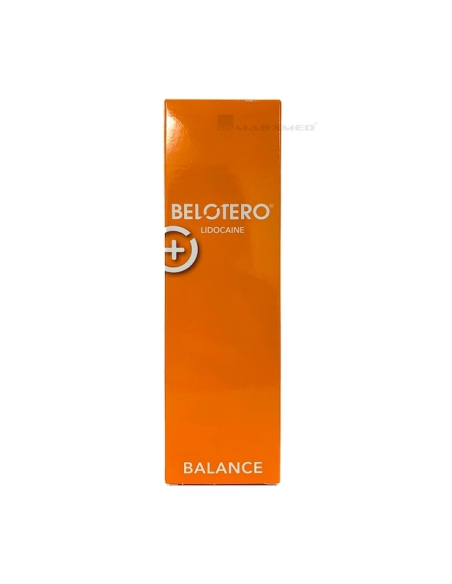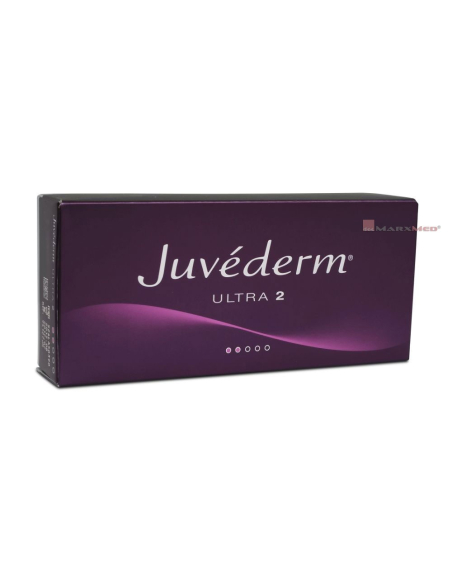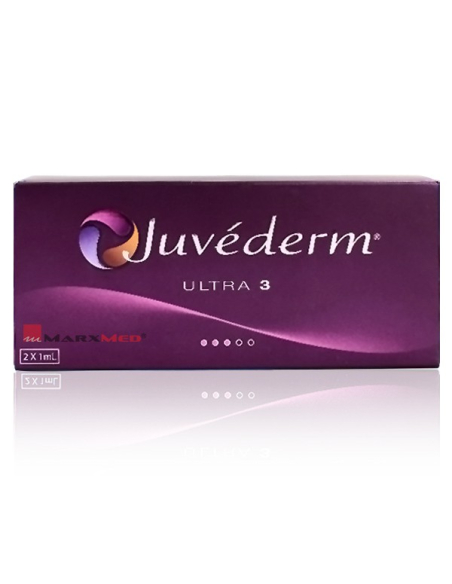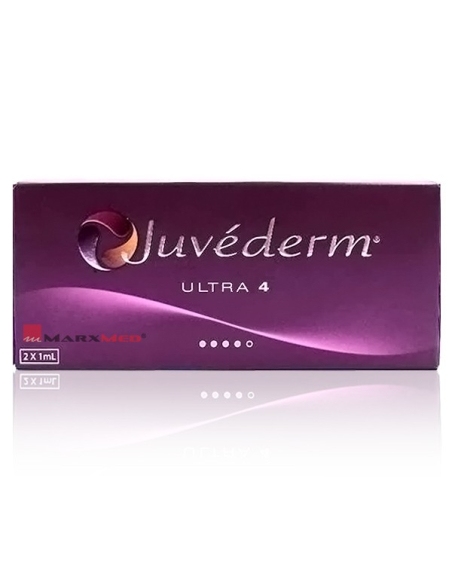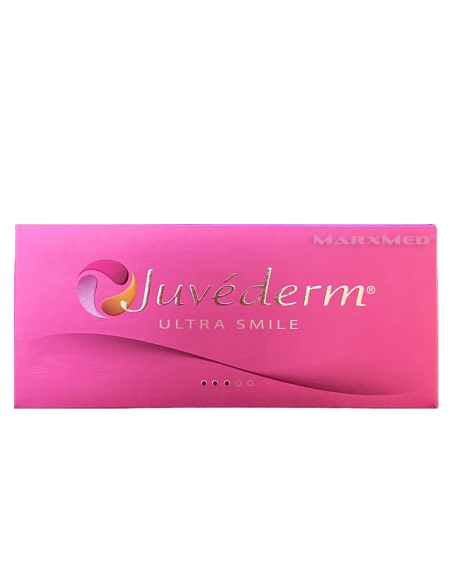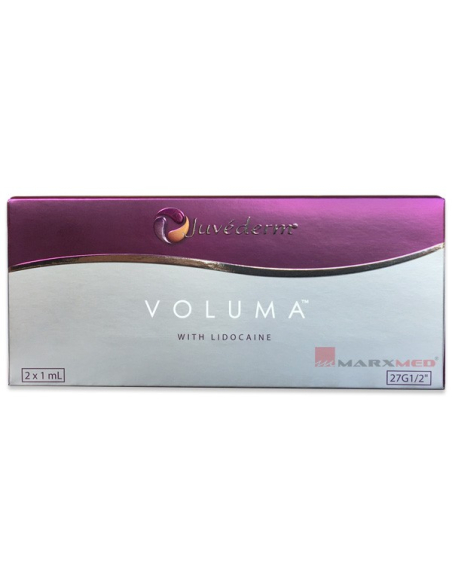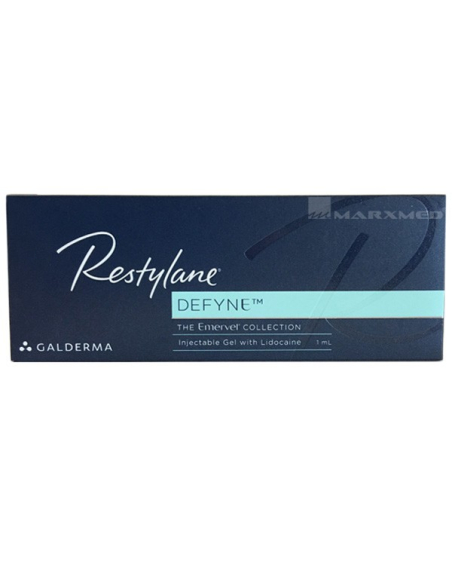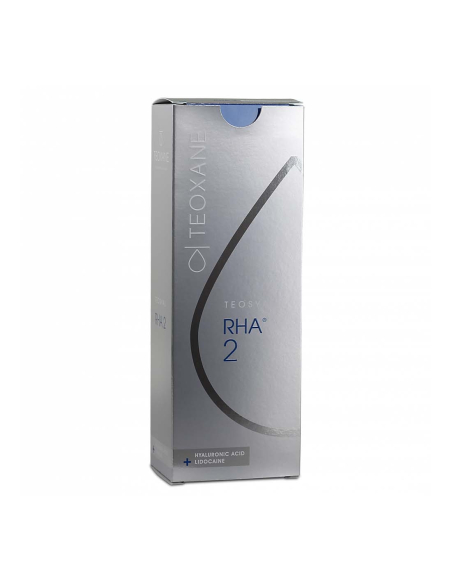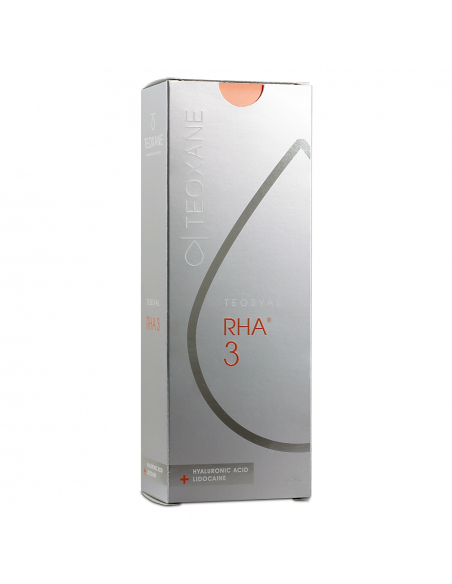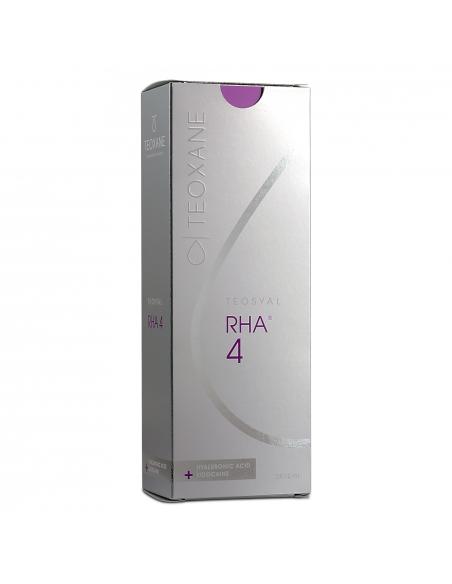- Dermal Fillers
- Hyaluronidase, dermal fillers
Dissatisfied With Your Dermal Filler Results? Here's what to do.
Injecting dermal fillers might be seen as easy as watching Youtube tutorials on injecting fillers at home. Though, the procedure of injecting dermal fillers has three main phases that the patient should take into consideration each phase’s instruction to reach satisfaction.
The individual injecting the filler has a much greater impact on the procedure's success than does the filler. The best injectors are doctors and artists at the same time, even though anyone can inject a face with a syringe packed with gel. Along with understanding the special qualities of various hyaluronic acid (HA) gels and respecting the intricate anatomical features of the human face, these artists are masters of light & shadow, proportion, and perspective.
It’s logical to say that it's almost impossible to consistently create artwork of the standard of da Vinci. Results at times may fall short of expectations when the filler is applied excessively or incorrectly. Bruising, swelling, lumps, and asymmetry are likely to have occurred in anyone who has ever had dermal filler treatment. More uncommon and concerning consequences, such as vascular occlusions or nodules, can be attested to by unlucky patients. In such circumstances we find ourselves hooked to the mirror analyzing our faces and utterly regretting what seems like a really costly error. We know from experience that staying silent in this circumstance is the worst thing you can do. Speak with your injector if you're not completely satisfied with the outcomes of your dermal filler injections at any time or for any reason. A plastic surgeon should be helping you throughout the filler process, not only during the treatment but also subsequently. They should have given you instructions on what to expect during and after your filler treatment and given you a number to call after hours.
Dermal fillers mentioned in this article can refer to HA filler or other filler types that can be made up of other substances.

Dealing with the side effects of dermal fillers?
Encountering bumps, swelling or bruises, and puffiness just right after dermal filler injection is rather frequent. However, the patient’s awareness of the matter is required for passing the post-procedure period successfully. While such slight aftereffects as bruises can be fastly suppressed by implementing vascular laser therapy right after the injection. Though the patient can wait and instead administer only natural cures topically/ orally within a day or two days after the injection to face these bruises.
These homeopathic remedies derive from plants like arnica or bromelain is enough to heal swelled bruised areas. Another solution is suggested by specialists for people who inject non-hyaluronic acid dermal fillers to massage the filled area smoothly to spread the deposits equally. Yet, For the ones who inject Hyaluronic acid dermal fillers, experts advise them not to shudder their filled area to avoid any migration or swelling and just to be patient for two weeks or so. Even your nutrition is included and should be taken care of after injecting dermal fillers. Especially the first days by cutting alcohol, avoiding saunas or any exposure to steam rooms, as well as salty food. In addition, uplifting the head while sleeping on the back to subdue swelling. Add to that, preventing the injected area from any makeup, cosmetics, touching, and spray tans for about 2 to 6 hours. Putting cold bandages can also help to quell swelling.
Another medical solution might be prescribed by the injectors for some cases where swelling is unpleasant, which demands medicines like Benadryl or Ibuprofen or small doses of diuretic or even prednisone to quash rigorous inflammations.
Ramifications of Dermal Fillers:
It's common to experience minor swelling, bruising, discomfort, and little lumps or bumps in the initial days following the dermal filler treatment. Usually, these minor side effects go away on their own in a week or two. However, some types of discoloration and discomfort may indicate a clogged blood artery or vascular occlusion, which necessitates immediate medical attention. Red flags, according to medical specialists, include sharp and unexpected pain, bruising that is violet to purple in color and speckled with white, and the appearance of pustules or extremely red, inflamed skin.
Dermal filler injections will result in some swelling thereafter, but because HA fillers can absorb up to 1,000 times their weight in water, this is especially true of them. You cannot assess the aesthetic results of dermal fillers within the hours/days time frame because swelling can momentarily change the contours of the face and cause asymmetry {post-treatment}. For example, if one side of your jaw was less developed than the other, that means there was more bone loss or fat atrophy, then it might need more filler than the other side of the jaw, which could lead to more swelling or bruising, and this is normal for areas that required more injections.
Another frequent worry after dermal filler treatments is lumps and bumps, which normally go away as the filler sets in. In the beginning, and until the filler integrates into the tissue, it’s normal to have subtle lumps that you can feel under your skin (but not really see). Although they are uncommon, visible bumps that worsen over time or appear weeks after injection should be reported to your doctor for analysis and care.
Dermal filler results, grace period:
By the very first session of the dermal filler procedure, patients set high expectations from that tiny syringe and await miracles. Although oftentimes one syringe needs one another or two according to many conditions like the age of the patient, the area injected, the amount of hyaluronic acid needed, and other. That’s why following a conservative approach led patients to be disappointed because according to them they can not see the great change expected before the treatment. Till doctors bring up their previous pictures to observe the tiny change in them. To that point, patients remain unsatisfied with the results, with both provider and the patient agreeing they decide either to add more filler if it is needed or use the dissolver to correct the unbalanced face sides, especially in symmetry with Hyaluronic acid. Hyaluronidase ovine/Hyaluronidase bovine is used mainly when the patient experiences overfilling in some zones. Thus fixing overfilled areas with Hyaluronidase is the easiest, fastest, and safest solution.
Dermal filler problems, communication is key:
It's a good idea to call your doctor if you have any concerns about the way your filler looks or feels. But first, identify the particular problem; are you swollen, lumpy, etc.? Do you have a weird mouth when you speak? Express what you are not happy with and be precise. Do you fear a reaction to the therapy or do you dislike the way it looks, to start? Be prepared to describe pain if that's the problem: Are you only tender to the touch, or are you in constant pain? Where is the bump, if there is one? You can feel it, but can you see it? Is there a clear facial deformity as a result?
Your injector could ask you some questions after listening to your concerns. The doctor normally wants to know not just how the patients are feeling or what they are going through, but also if anything has changed since the treatment. Filler produces rapid benefits, so what changed to make you feel so disappointed after leaving the doctor's office if you were happy before?
Your doctor will ask about possible triggers, such as alcohol, hard exercise, salty foods and preservatives (like MSG), and air travel, which can worsen swelling and bruising, if side effects have shown. He/She may inquire about recent facial damage or massages, as well as whether you have been sleeping on your face and compressing the filler. He/She needs to know whether you've recently been sick, vaccinated, or undergone any other procedures at the doctor's office that could be causing inflammation, especially in the age of COVID-19.
Visual aids encourage patients in their complaints. By saying that, if the patient falls into a misapprehending or bizarre situation and could not give the proper explanation to the practitioner, visual illustrations are the best works. Employing clear images, and videos, while the patient is speaking can easily simplify the situation for your injector, especially if the inflamed area was traced by a color marker. It is suggestible to avoid selfies because bumps or asymmetries can’t be explicitly shown, also artificial light is not enough for issues to appear. While taking pictures, patients should select a plain color background to vision all the layers of their face or the zone infected under natural convincing light.
Types of Injectable dermal fillers:
Dermal fillers vary in their chemical composition, duration, and density. For example, softer fillers are administered for a lip treatment (lip augmentation), whilst more dense dermal filler injection may be preferred to accentuate cheekbones and facial volume. Dermal fillers are also used for body contouring.
The optimal filler type and dosage required for your specific problem areas will be decided upon by your surgeon and you together.
Calcium Hydroxylapatite:
This dermal filler is sold under the brand name “Radiesse”. It is biodegradable but not dissolvable with Hyaluronidase.
Radiesse consists of Calcium hydroxylapatite which is a substance that resembles a mineral that is present in human bones. It corrects creases that range from mild to severe, including frown lines, marionette lines, and nasolabial folds.
Radiesse also improves the cheekbones' volume and other facial features such as the jawline, and it helps regain the volume when there has been atrophy, as can happen in HIV-positive persons using certain drugs.
Radiesse comes in Lidocaine and non-lidocaine versions, and it is US FDA approved.
Poly-L-Lactic Acid:
This dermal filler is sold under the brand name “Sculptra”.
Sculptra is a collagen bio-stimulator that aids in repairing the skin's underlying structure and severe facial wrinkles. This filler gives the face more volume and makes wrinkles and fine lines less obvious. Most frequently, smile lines, marionette lines, and fat atrophy. It’s also used for Brazilian Butt Lift (BBL) and body contouring. The results of Sculptra are not immediate and normally take several months to start showing results since Sculptra is a collagen stimulator that helps the body produce its own collagen. The results of Sculptra are not reversible with Hyaluronidase. Sculptra is US FDA approved.
Hyaluronic Acid used in Juvederm & Restylane:
Hyaluronic acid is naturally present in our bodies; in the fluids of the eyes and joints. It moisturizes and supports tissues, including joints. Hyaluronic acid is utilized in a variety of ways for cosmetic applications. Additionally, hyaluronic acid may influence how the body reacts to damage and contribute to the reduction of swelling. Hyaluronic Acid’s use in facial filler has been a revolutionary aesthetic solution for millions worldwide.
Some of the most popular (and FDA approved) Hyaluronic Acid Dermal Fillers on the market today include (but not limited to):

- Juvederm Volbella
- Juvederm Volux
- Juvederm Ultra XC
The Juvederm line of fillers is made by "Allergan".
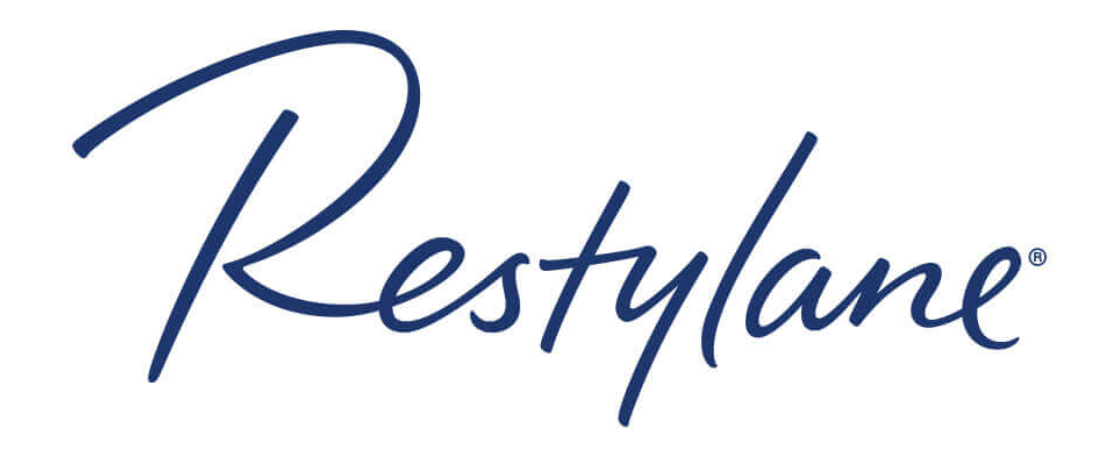
- Restylane-L
- Restylane Lyft
- Restylane Defyne
- Restylane Reyne
- Restylane Kysse
- Restylane Silk
Restylane is a product of “GALDERMA”.
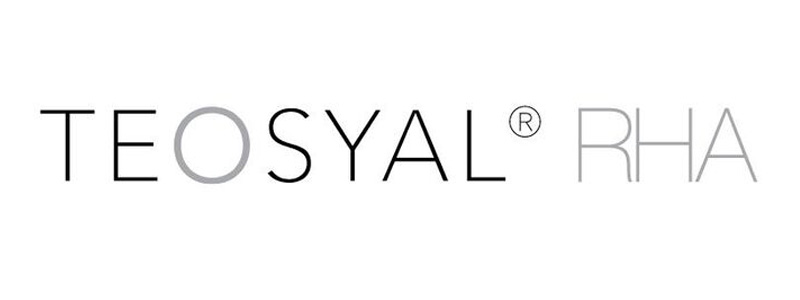
- Teosyal RHA 2
- Teosyal RHA 3
- Teosyal RHA 4
Teosyal line of fillers is manufactured by the swiss company “Teoxane”.
Conclusion
Dermal fillers are tools to rejuvenate and stimulate human appearance. Aesthetic injectors spent years studying human anatomical complexity for one purpose to make people happy and satisfied with their results. Therefore, it is necessary for patients to acknowledge what they are going through during any aesthetic treatment and what phases they undergo and await. In case of reversed outcomes, it is totally manageable. What is needed for patients is trust so that practitioners will study and select the proper method to correct and perform the dermal filler procedure successfully.
